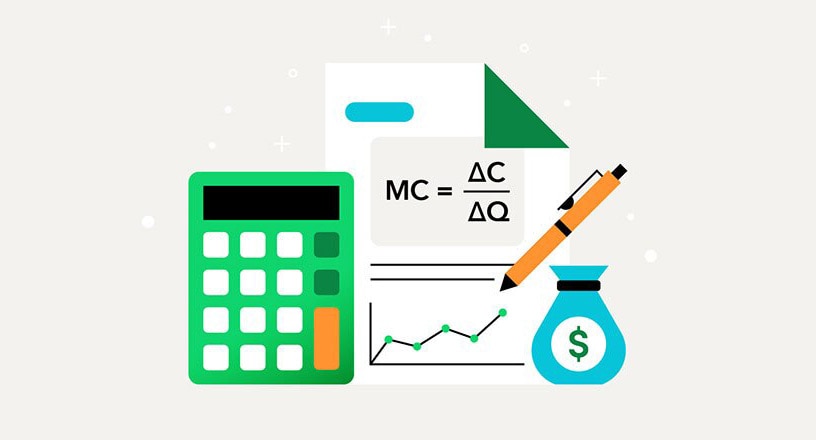Break-even point formula: Understanding the basics
As with most key financial metrics, there’s a simple formula behind the magic.
Break-even units formula
The break-even units formula is used to calculate how many units you need to sell to break even.
The basic formula is:
Break-Even Point (in units) = Fixed Costs ÷ (Selling Price per Unit – Variable Cost per Unit)
Here’s what each component means:
- Fixed costs: Expenses that don’t change with production levels. Think rent, insurance, and salaries, all common overheads for many SMEs.
- Variable costs: Costs that fluctuate based on output, such as raw materials or packaging.
- Contribution margin: The amount left from each sale after covering variable costs.
To make things even clearer, here’s an example:
A bakery in Johor Bahru has RM10,000 in fixed monthly costs. They sell each cake for RM50. The variable cost per cake is RM30. Their break-even analysis would look like this:
RM10,000 ÷ (RM50 – RM30) = 500 cakes
In other words, the bakery must sell 500 cakes a month to break even (although they’d need to sell more to make a profit).
Hopefully, you can now clearly see why the break-even point is so important. With this formula in your back pocket, you can now make better decisions on everything from pricing to goal-setting.
However, calculating the break-even point is not always so simple:
Break-even price formula
It might be the case that you need to figure out the minimum selling price needed to cover both fixed and variable costs, not just the number of units. This is especially important in competitive markets where pricing can make or break profitability.
This is a little different from the break-even units formula and requires an extra component.
Here’s the formula:
Break-Even Price = (Fixed Costs ÷ Expected Units Sold) + Variable Cost per Unit
To calculate the break-even price, you’ll need to go over some past sales figures and find a realistic average.
Here’s the formula in action:
A local business in Shah Alam expects to sell 1,000 handmade notebooks per month. They have fixed costs of RM5,000, and each notebook costs RM8 to produce. The break-even price is:
(RM5,000 ÷ 1,000) + RM8 = RM13 per unit
So, they’ll need to sell their notebooks at RM13 or higher to avoid a loss.
As you can see, this formula has a slightly different focus from the break-even units formula. Malaysian businesses can use break-even price analysis to set competitive yet sustainable pricing that accounts for overheads and fluctuating costs. That can be particularly useful when entering new markets.
However, you’ll need to have a realistic expected units sold figure to work with.






